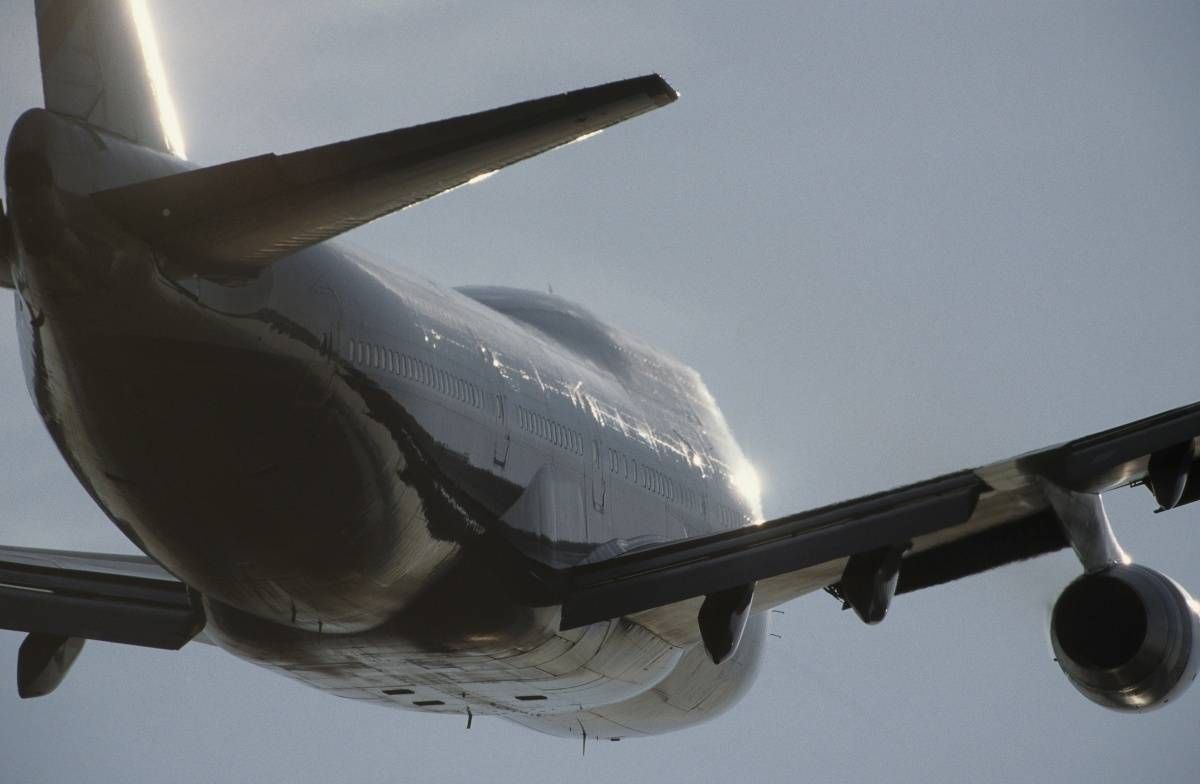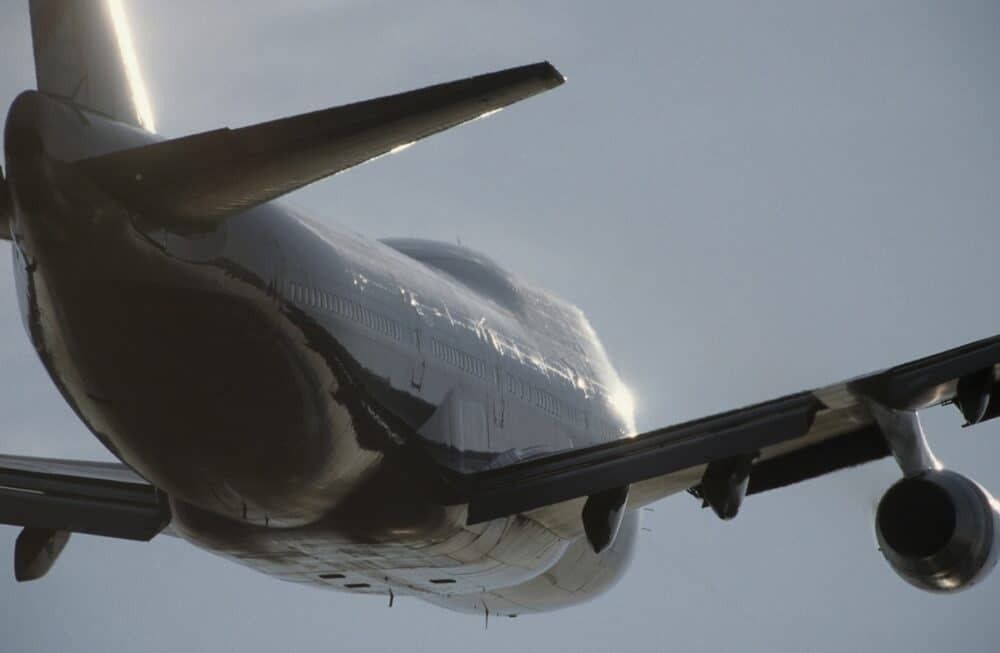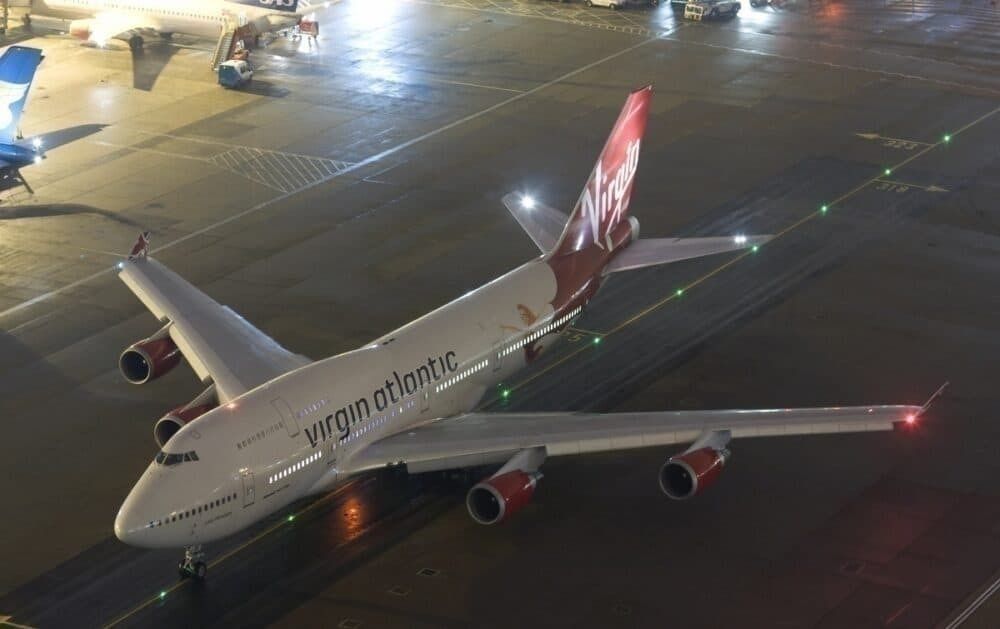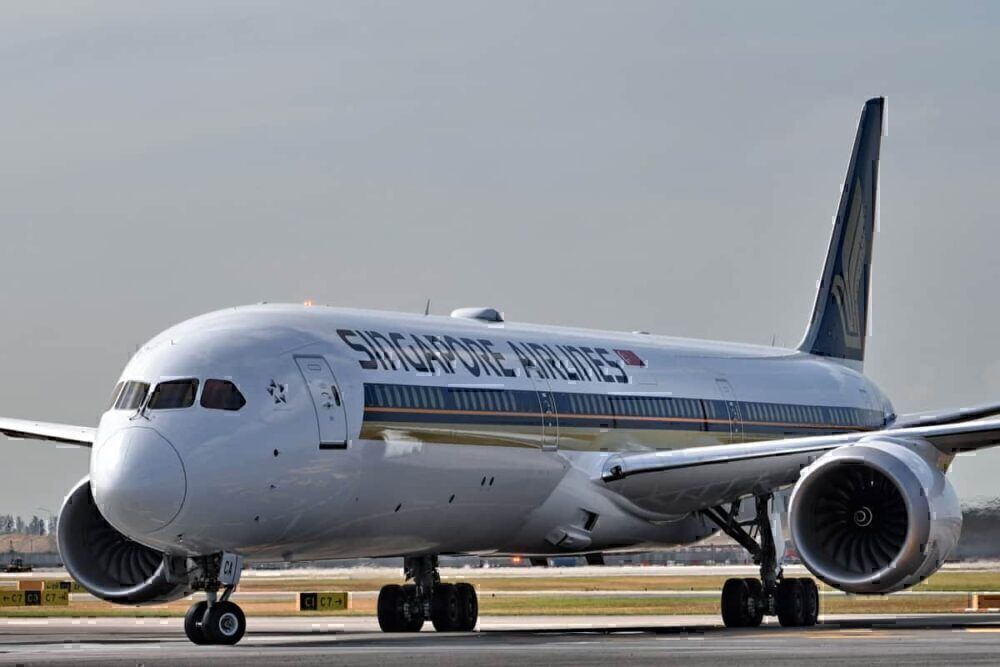In September of 1996, Boeing needed a new big aircraft to compete with Airbus' new A3XX project (revealed to be the A380 half a decade later). Their new design? A super jumbo called the Boeing 747-700X. What happened to this legendary aircraft? Let's explore.
Boeing vs Airbus in the 90s
In the mid-90s, Boeing was relatively secure against Airbus. It had the best selling aircraft in the market, the Boeing 737, the Boeing 777 had launched against the A330 and A340, and the 747 long-range market was untouched.
Stay informed: Sign up for our daily aviation news digest.
That was until there were rumors of a new project at Airbus. Dubbed the A3XX project, it was to be a new super-jumbo plane designed for international flights and carrying more passengers than the Boeing 747-400 (the flagship Boeing plane of the time).
Thus Boeing would bring to the market in 1996 three new Boeing 747 designs.
What were the new designs?
At the Farnborough International Airshow, Boeing showed off two concept 747 designs (just the idea, not actual prototypes). These new designs would have the same 747 fuselage width as the 747-400 but would use the 777 wings. This would mean it could be longer, have bigger and more powerful engines, more cargo, and would need more tires to land.
The two designs were:
- Boeing 747X-500 - 250 ft (76.2 m) long and would carry 462 passengers over a range up to 8,700 nautical miles (10,000 mi, 16,100 km)
- Boeing 747X-600 - 279 ft (85 m) with seating for 548 passengers, a range of up to 7,700 nautical miles (8,900 mi, 14,300 km)
But reports at the time at FlightGlobal also managed to capture a very interesting quote from at the time Boeing Commercial Airplane Group president Ron Woodard.
"The design of our 747-600X will allow for a larger derivative, which we refer to as the 747-700X. We would "re-body" the -600X with a wider fuselage while retaining the existing wing, systems, engines, struts, and landing gear."
This wider Boeing 747 would be called the -700X
What was the Boeing 747-700X?
According to Boeing in 1996, "The 747-700X would carry up to 650 passengers and have a design range equal to that of the 747-400."
Boeing was looking at several Asian airlines to purchase the plane (such as Thai Airways and Malaysia Airlines (MAS), although they did admit that the smaller 747X variants were more palatable than the 747-700X.
"We do not see a market requirement that would permit a financially viable program for an aircraft this size. This is why our development efforts are clearly focused on the -500X and -600X," Mr. Woodard said in the same interview.
What happened to the plane?
There were several issues with the aircraft. The first was the price.
"A few years ago, when we looked at the superjumbo called the Very Large Commercial Transport, we estimated the non-recurring cost to be anywhere from $12 billion to $15 billion," Woodard said in a Boeing press release. "We concluded that there simply wasn't a large enough market to justify that size of the investment. We don't think much has changed since then."
The bigger the plane, the more expensive it is to buy. And the longer it takes airlines to justify the purchase.
"Our experience is that the cost to develop derivative airplanes is substantially less than the cost of all-new airplanes," he continued. "Even so, the non-recurring costs to do major derivatives of our 747 -- including development expenses and investments in tooling -- will be in excess of $5 billion."
As Boeing saw that the future was not hub to hub travel by large aircraft, they concluded that they should not develop it and push towards smaller, more fuel-efficient aircraft like the 787.
Plus, with the A380 on the horizon, many airlines had to choose between the 747X and the new Airbus aircraft. Splitting the already shirking market for large aircraft. Director of product marketing at Boeing, Joe Ozimek, summed up the problem to Flight International in 1997.
"It wasn't that we did not have anyone interested in the 747-500 and -600, we just didn't have enough. Twenty-plus customers were talking to us about more and more things they wanted us to do on the aircraft and the cost got higher. We forecast 500 units last year and, this year, we were having a hard time holding on to even those units. So the cost was going up and the market was going down, but the problem was getting the market to commit."
The 747X series would be dropped, and with no other choice, airlines would go with the A380.
"We were ready to be [Boeing 747X] launch customer" BA chief operating officer Dr Alistair Cumming said "The 747-X project suddenly stopped. It could be significant that this about-face occurred shortly after Boeing and McDonnell Douglas announced their planned merger. It would appear that this merger was, above all, driven by the realities of the aerospace defense industry."
What do you think? Let us know in the comments.




